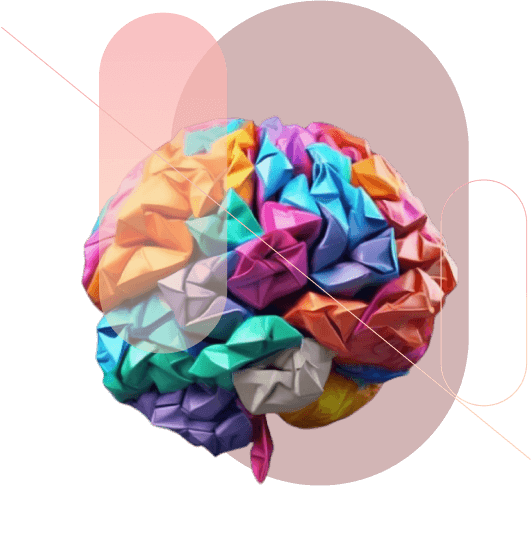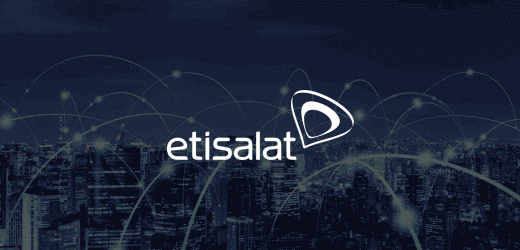The capabilities of the solution, the development team needed to develop the solution within the given time frame, and the AI technological frameworks involved determine the exact cost of the generative AI solution.
The complexity and functionalities of the AI solution you want to develop determine the duration needed to develop the solution.
Generative AI is being used in a variety of industries, including:
- Creative Arts: Generative AI is being used to create music, videos, images, and other forms of digital content.
- Healthcare: Generative AI analyzes medical images, predicts disease outcomes, and develops personalized treatment plans.
- Finance: It can help you generate financial reports, forecast, and detects fraud.
- Supply Chain Management: Generative AI optimizes supply chain processes, reduces waste, and improves delivery times.
As a leading generative AI development company, Accubits could be a good choice for your generative AI development services. Some of the benefits of working with Accubits include:
- Expertise: Accubits has a team of experts who are well-versed in the latest developments in generative AI and have a track record of delivering high-quality solutions for clients.
- Flexibility: Accubits offers customized solutions to meet each client's unique needs. Also, this means you can get a solution that fits your specific requirements and budget.
- Cost-effective: Accubits offers cost-effective solutions without sacrificing quality. The company leverages cutting-edge technologies and tools to minimize costs while delivering outstanding results.
- Fast Time To Market: Accubits helps its clients market quickly using agile development methodologies and streamlined processes. Also, this allows you to bring your product to market faster and see a return on your investment sooner.
- Ongoing Support: Accubits provides ongoing support and maintenance services to ensure your solution performs optimally long after the initial implementation.
Choosing Accubits for your generative AI development services can help you maximize your ROI, reduce costs, and get to market quickly.
Generative AI is an artificial intelligence branch that generates new content, data, or information using deep learning algorithms. These algorithms are trained on large datasets and can generate new content based on their learned patterns and relationships. In addition, this can create realistic images, videos, music, text, or digital content.
Generative AI can provide several benefits, including:
- Automation: Generative AI can automate repetitive tasks, freeing time for more creative or strategic tasks.
- Efficiency: Generative AI can generate content faster and more accurately than manual methods.
- Cost savings: It can reduce costs by automating expensive manual processes.
- Improved quality: It can generate high-quality content that meets specific criteria, reducing the need for manual editing or revision.
Generative AI is based on deep learning algorithms, which are a type of machine learning algorithm. Some of the most popular deep learning frameworks in Generative AI include TensorFlow, PyTorch, and Chainer. These frameworks provide the tools and infrastructure to build and train deep learning models.
Generative AI is important for several reasons:
- Creativity: Generative AI systems can generate unique and creative outputs that can be used in various applications such as art, music, writing, and more.
- Efficiency: Generative AI can automate tasks and processes, saving time and reducing human error.
- Problem-solving: It can generate new solutions to complex problems, making it an effective tool for research and innovation.
- Personalization: It can create personalized experiences, such as customizing products or services based on individual preferences.
- Cost-effective: Generative AI can reduce costs by automating tasks that would otherwise require human labor.
- Data Analysis: It can help analyze and process large amounts of data, making it easier to identify patterns and make predictions.
- Improved Decision-making: Generative AI can help businesses and organizations make more informed decisions by providing data-driven insights.
Overall, it has the potential to greatly improve various industries and processes, making it a crucial tool for the future.
Generative AI is a type of Artificial Intelligence that generates new and unique content or outputs, such as images, music, text, or other forms of media.
Implementing Generative AI involves the following steps:
- Data Collection: The first step is to collect a large amount of data that will be used to train the Generative AI model. This data should be relevant to the task the model intends to perform.
- Model Selection: There are various types of Generative AI models available, including generative adversarial networks (GANs), variational autoencoders (VAEs), and deep convolutional generative adversarial networks (DCGANs). The choice of model will depend on the type of data being generated and the desired outcome.
- Model Training: The collected data is used to train the Generative AI model using deep learning, reinforcement learning, or unsupervised learning techniques. The training process involves adjusting the model's parameters until it can generate outputs similar to the training set's data.
- Model Deployment: Once the model has been trained, it can be deployed in a production environment to generate new outputs. The deployed model can also be fine-tuned over time to improve its performance.
- Evaluating Performance: The performance of the Generative AI model can be evaluated by comparing its outputs to the data in the training set. The model's outputs can also be evaluated qualitatively by human experts.
In conclusion, implementing Generative AI requires a solid understanding of the domain, data collection, model selection, model training, model deployment, and performance evaluation.














































